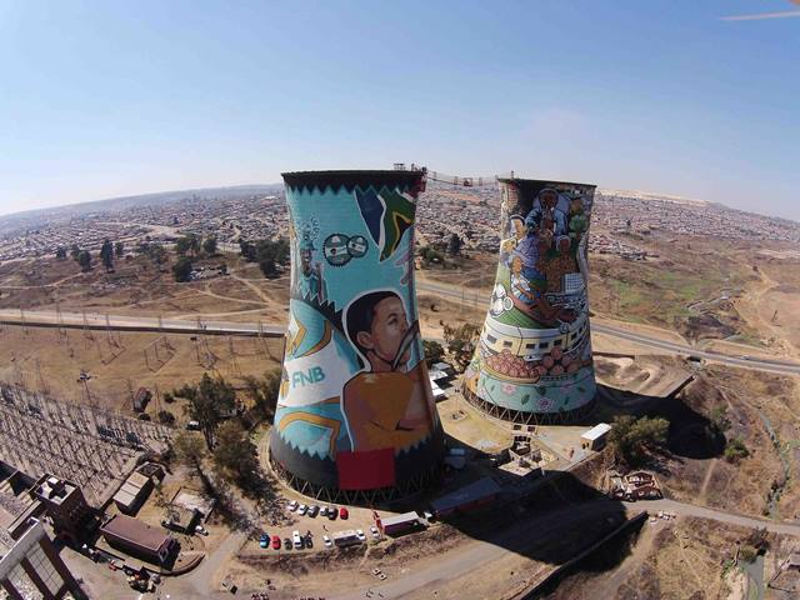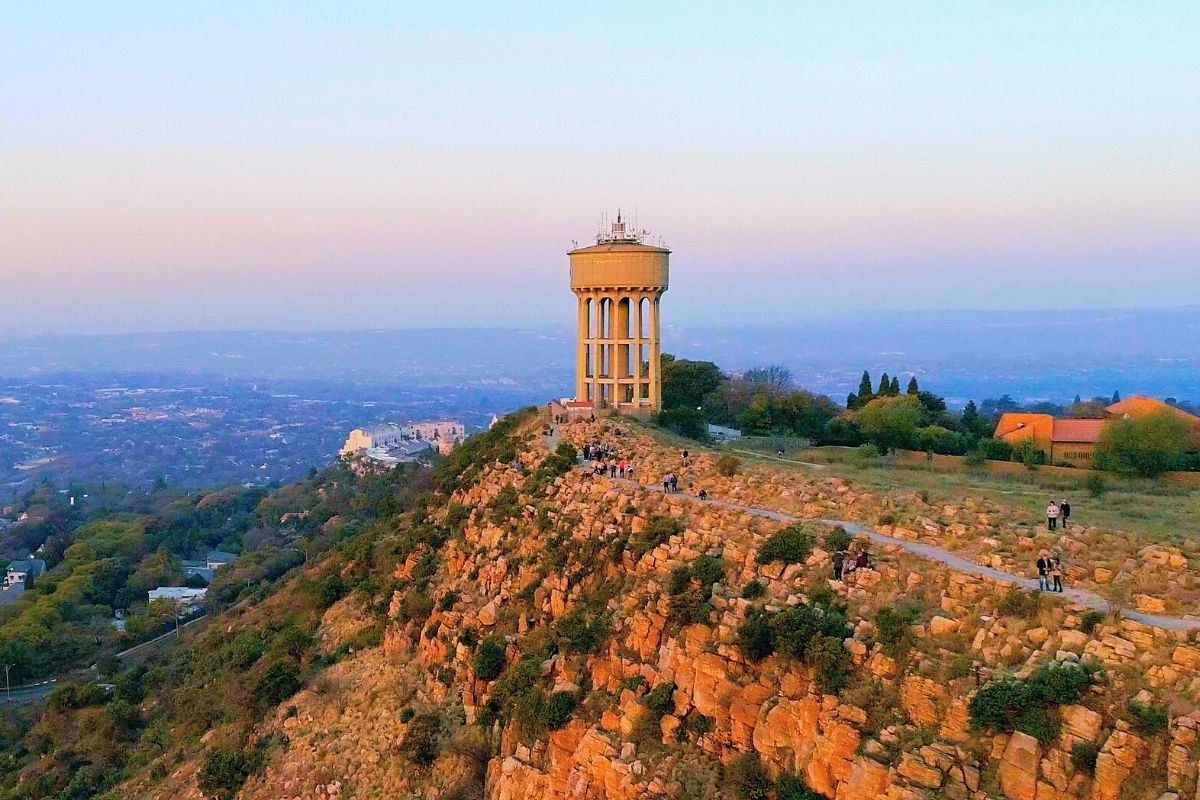Some Ideas on Johannesburg North Attractions You Should Know
Some Ideas on Johannesburg North Attractions You Should Know
Blog Article
The 8-Second Trick For Johannesburg North Attractions
Table of ContentsFacts About Johannesburg North Attractions RevealedThe Main Principles Of Johannesburg North Attractions What Does Johannesburg North Attractions Do?Not known Details About Johannesburg North Attractions Fascination About Johannesburg North AttractionsThe Facts About Johannesburg North Attractions UncoveredThe Of Johannesburg North Attractions
However you ought to maintain security in mind and vacationers must stay alert in all times when in unknown environments. Talk with the residents when you remain in town to learn about the location you are remaining in. Johannesburg North attractions. When on the road (this does not put on shopping malls and various other safe and secure environments) finest basic recommendations is to attempt your ideal to appear like a neighborhood and to avoid displaying any kind of wide range
The smart Trick of Johannesburg North Attractions That Nobody is Discussing
Teacher Revil Mason O. J. (Thomson, 1946) explored the Witwatersrand's pre-colonial history. His archaeological work blew up the 'em pty land' myth, according to which the region was lacking human habitation prior to the arrival of European inhabitants. In his publications Prehistory of the Transvaal: A Record of Human Activity (1962) and Origins of Black People of Johannesburg and the Southern Western Central Transvaal Advertisement 3501880 (1986 ), Professor Mason showed the extent of social and economic growth in the location prior to Europeans established foot here.

Johannesburg North Attractions - Questions
In 1878, David Wardrop located gold in quartz blood vessels at Zwartkop, north of Krugersdorp. In 1881, Stephanus Minnaar came across gold on the ranch Kromdraai, near the Cradle of Mankind.
In March 1886, an outcropping (quickly to be called the Key Reef) was located, fairly fortuitously, on Gerhardus Oosthuizen's farm Langlaagte. Some claim that the Lancastrian coal miner George Walker uncovered this reef. An additional itinerant English miner, George Harrison (that had actually previously worked in Australian mines) acquired a prospecting permit in regard of Langlaagte in Might 1886.
He chose to proceed in a pursuit for greener fields, and disposed of his Langlaagte insurance claim for the baronial amount of 10. Alas: below lay the richest goldfield ever found. The discovery of this rich auriferous coral reef prompted a gold rush that signalled the end of bucolic tranquillity in the southern Transvaal.
It would certainly, within 6 years, become the biggest community in southern Africa. Within a decade, it would certainly make the Z. A. R. until after that an anarchical and bankrupt little state the richest nation in Africa. By the turn of the century, the Z. A. R. was to surpass Russia, Australia and the USA of America to come to find here be the world's leading gold manufacturer, producing greater than a quarter of the globe's gold.
Johannesburg North Attractions Fundamentals Explained
It was known as Ferreira's Camp, named after Colonel Ignatius Ferreira. He was a Boer traveler upon whom the British authorities had presented the standing of Friend of the Most Identified Order of St Michael and St George (qualifying him to the post-nominal letters C. M. G.) in thankfulness for his function in the battle that had deposed the Pedi king Sekhukhune in 1879.
Quickly the camp was including tents and wagons as beginners showed up daily from everywhere. By September 1886, some 400 people resided in Ferreira's Camp, which quickly boasted upraised iron and timber buildings. Two other camps were developed: Meyer's Camp on the farm Doornfontein, and Paarl Camp. The latter was nicknamed Afrikander Camp; many people from the Cape Colony settled there.

Getting The Johannesburg North Attractions To Work
This name got currency by word of mouth, such that the State visit the website Secretary affirmed the name to the Mining Commissioner on 9 October 1886. Stands in the town were auctioned on 8 December 1886. While some stands were sold for 10, others were torn down for as little as sixpence.
2 years later, these erven were to alter hands for as long as 750 each. The tented camps decreased as a dorp of corrugated iron buildings developed and expanded north of the mines situated along the Main Reef Roadway. Locations such as Jeppe's Community (where working-class immigrants erected their dwellings) and Doornfontein (where the upscale brand-new 'Randlords' started to create their extravagant homes) were soon added to the ever-expanding map of the town.
The Buzz on Johannesburg North Attractions
Aside from the street names, there were no indications of Johannesburg being situated in a Dutch-speaking nation. Lots of years later on, C. W. Kearns O. J. (one of the first kids registered at St John's University in 1898) would click over here now certainly remember: 'A weird truth about Johannesburg was that, although it remained in the [Boer Republic], virtually everybody talked English and also the Government slaves attended to one in English, unless they were first resolved in the Taal (or Low Dutch)'.
Thus, Britain had an interest in ensuring ideal problems for gold manufacturing on the Witwatersrand, and that the gold was exported to London instead of Berlin an important provided all the much more clamant by the Z. A. R - Johannesburg North attractions.'s raising toenadering with Germany. Mine owners got on a clash with Head of state Kruger, whose plan of monopolistic giving ins (frequently provided to his cronies) protected against mining companies from obtaining supplies of products (specifically dynamite) and work on their very own, cheaper terms
The 6-Minute Rule for Johannesburg North Attractions
In 1890, the Volksraad had restricted the franchise to white males who had resided in the Z. A. R. for fourteen years or longer, hence disqualifying a lot of the immigrants (who took place to be the major factors to the fiscus). Frustration for the ballot was a simple pretext for advertising a different schedule; many uitlanders concerned themselves as momentary site visitors and had no objective of remaining in the Z.
Report this page